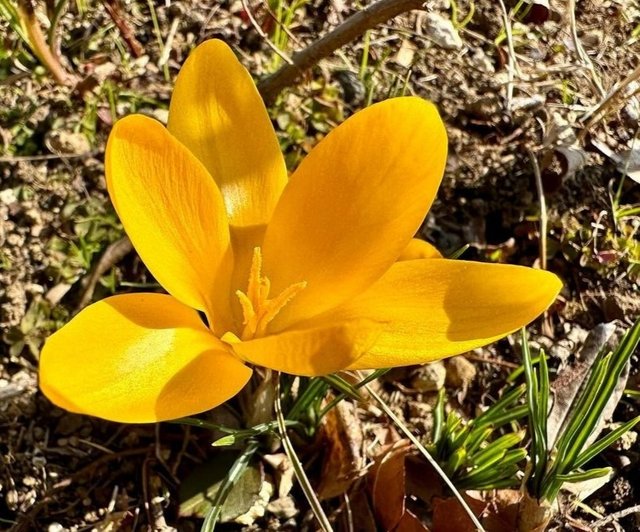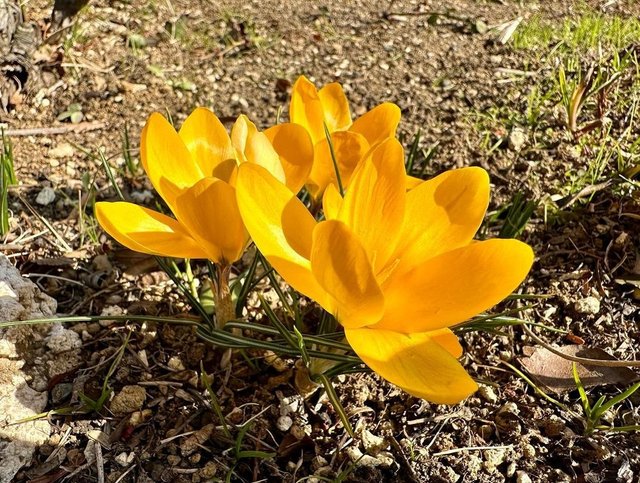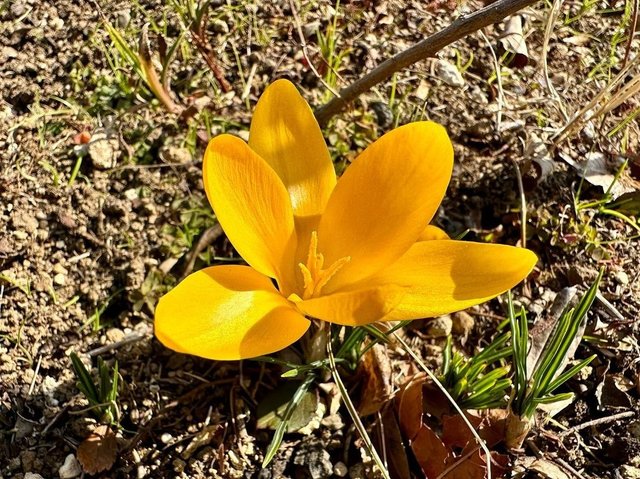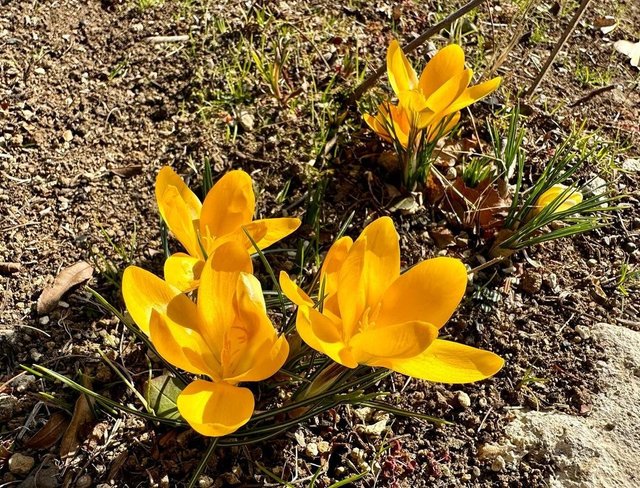Crocus flavus Flower




In the world of botanical wonders, few sights captivate the soul quite like the delicate bloom of the Crocus flavus flower.The Crocus flavus has long held a revered place in human history, dating back to ancient civilizations such as the Minoans, who depicted the flower in their frescoes and murals, symbolizing its significance in their culture. In Greek mythology, the Crocus flower is associated with the story of Crocus and Smilax, a tale of unrequited love that led to the transformation of both into plants, forever intertwined in their botanical forms.
Botanically, the Crocus flavus is a herbaceous perennial, characterized by its slender, grass-like leaves and delicate, cup-shaped flowers. These flowers emerge from corms in early spring, signaling the awakening of nature after the winter slumber. Each flower bears six tepals, which are petal-like structures, in shades ranging from pale lemon to deep saffron, often adorned with delicate purple streaks or veins, adding to their allure.
Throughout history, the Crocus flavus has held various symbolic meanings across different cultures. In ancient Persia, it was revered as a symbol of purity and rebirth, while in medieval Europe, it became associated with the Christian concept of resurrection and renewal, often planted in churchyards and monastic gardens.Beyond its aesthetic appeal, the Crocus flavus boasts medicinal properties that have been recognized for centuries. The stigmas of the flower are harvested to produce saffron, one of the world's most valuable spices, prized for its distinctive flavor, vibrant color, and purported health benefits. Saffron has been used in traditional medicine for its anti-inflammatory, antioxidant, and mood-enhancing properties, making it a cherished ingredient in cuisines and herbal remedies around the globe.
